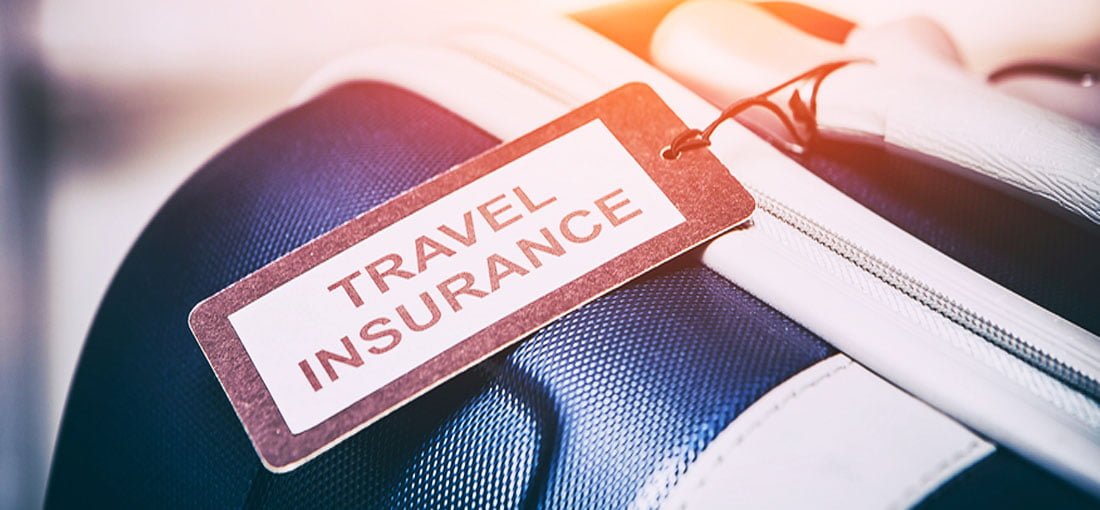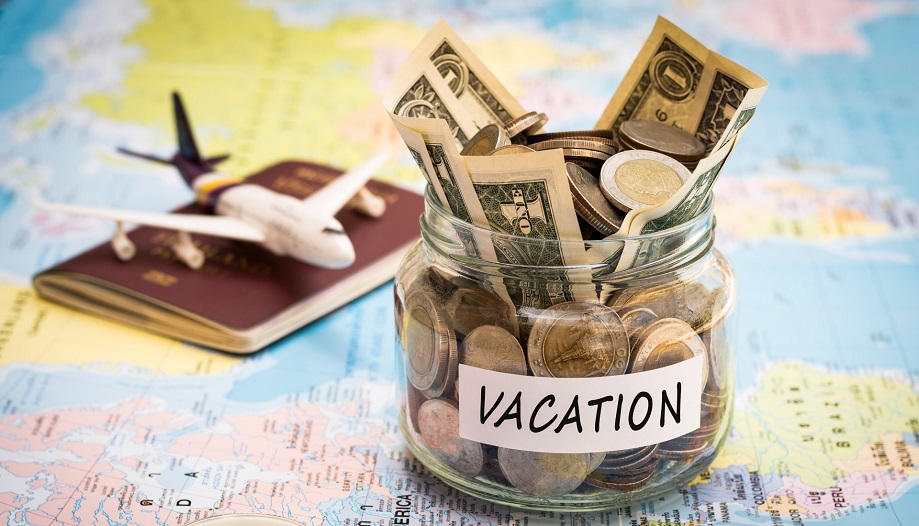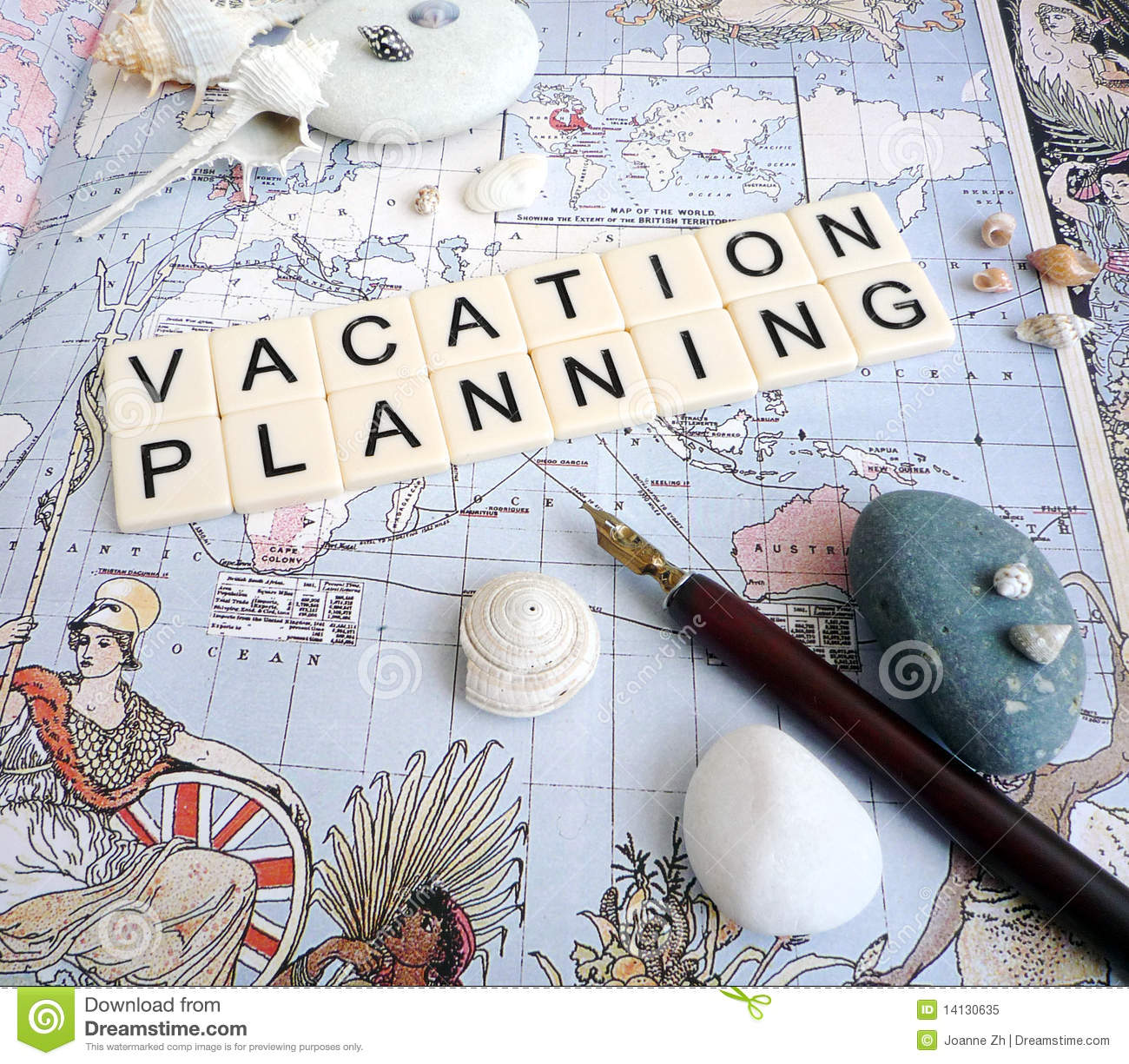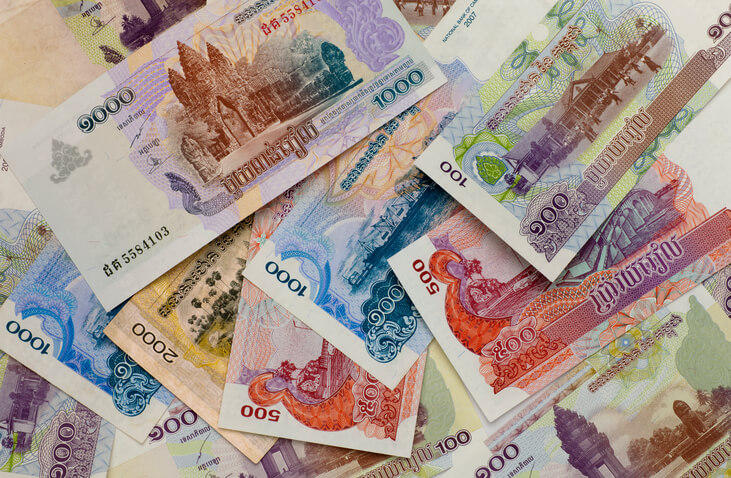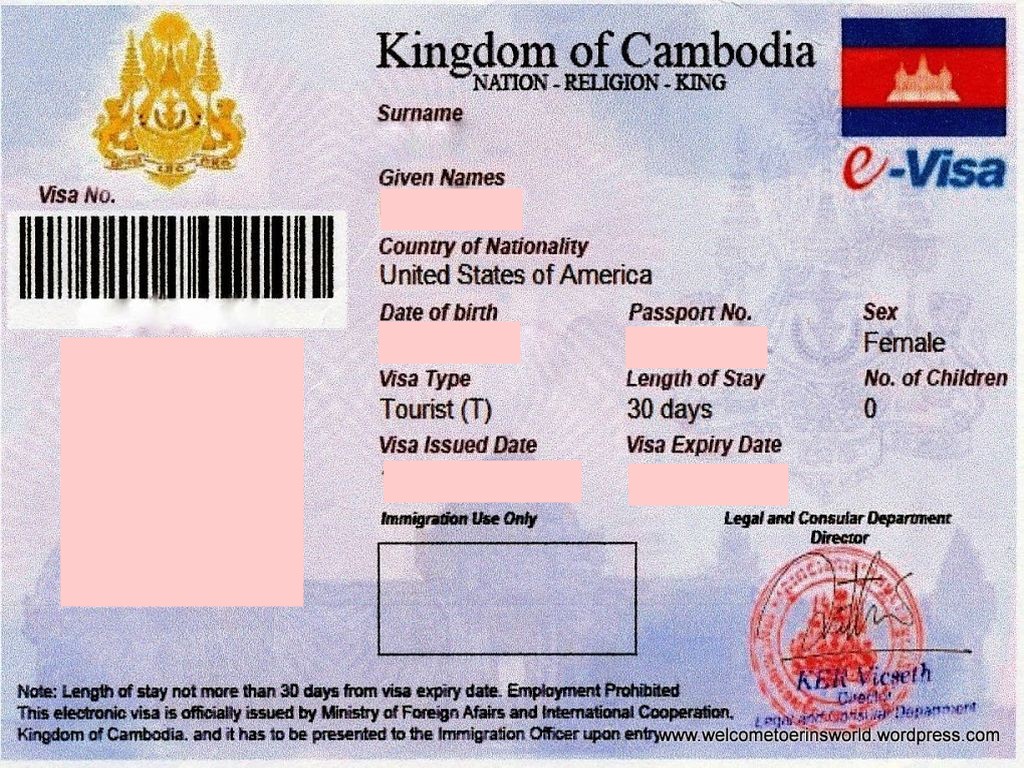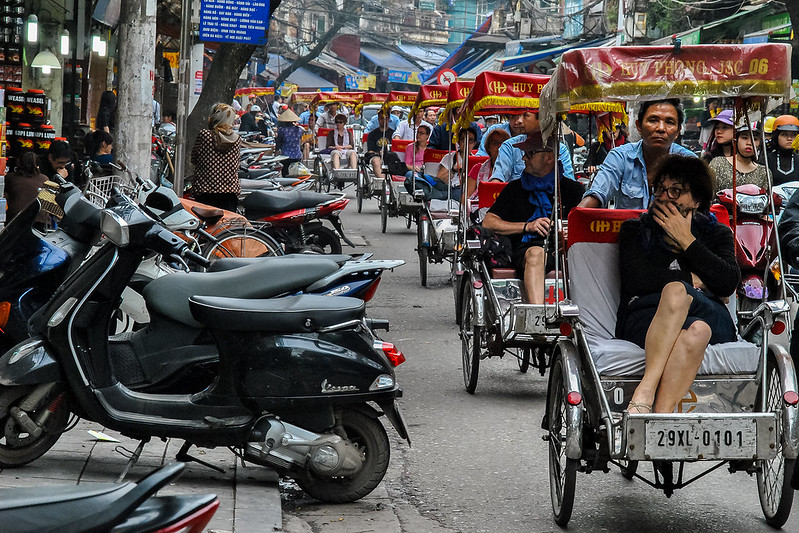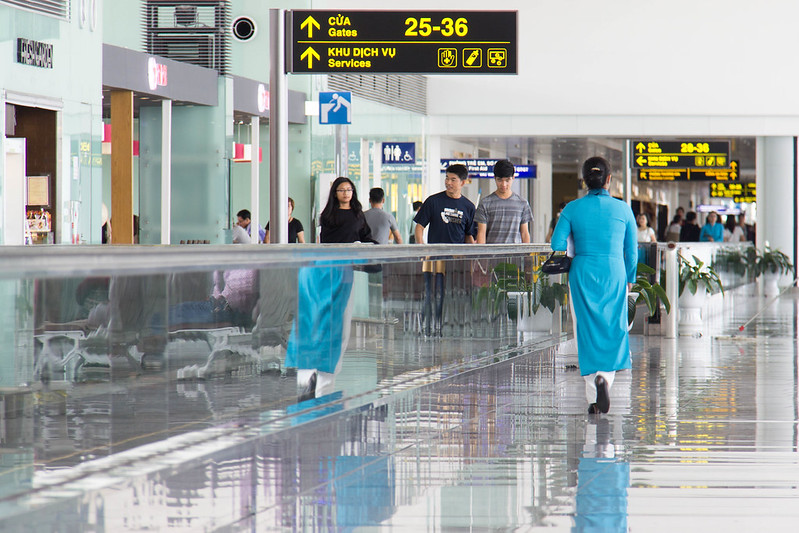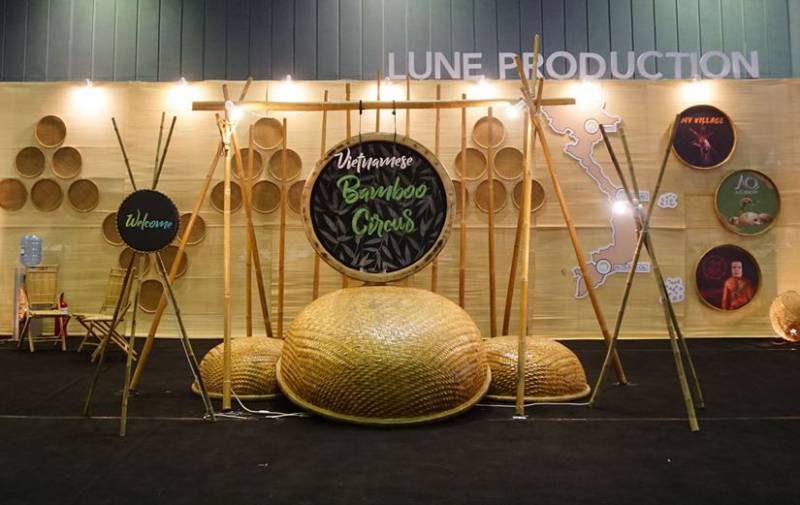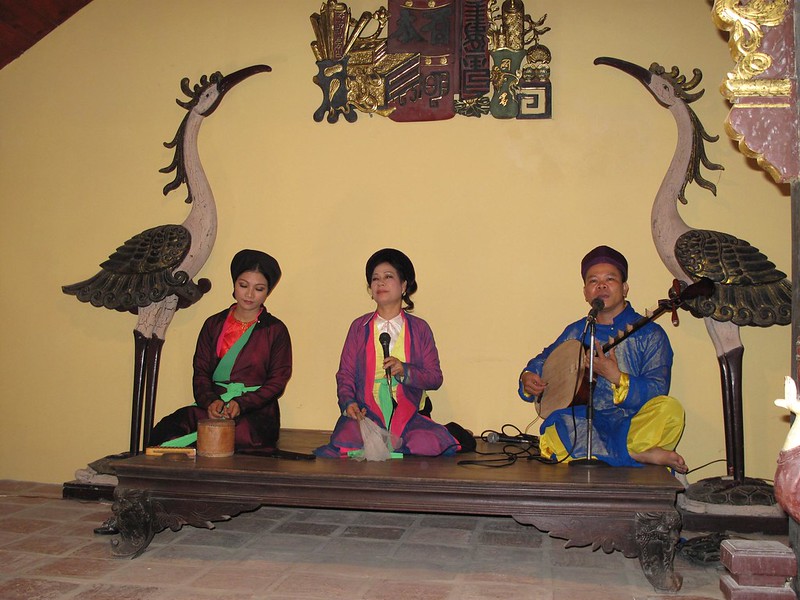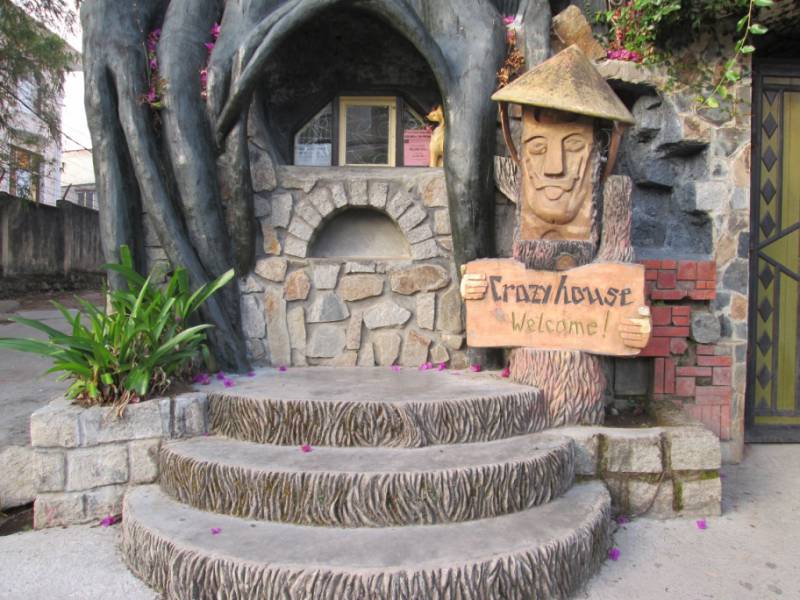Put everything you planned to pack on your bed.
Stand back and look at it.
Put half of it back in the closet.
You’re back? Okay, read on.
First on your list should be an open mind and a sense of humour. Don’t come with too many preconceived ideas about what Southeast Asia is like, as the media and friends’ experiences have a habit of distorting reality. Bonus: These don't take up any space in your pack.
Otherwise, bring as little as possible. If you forget something, chances are you can buy it once you’re on the ground travelling. Take enough padlocks for every double zipper to stop wandering hands, and lock up your sacred belongings, even in your hotel room.
Essentials are a swimming costume, a daypack, a raincoat, poncho or umbrella in rainy season (though you can buy these cheaply in-country) and some moderately warm clothes if travelling in October to December, as some areas get cool (not cold). You will only need a few changes of clothes as you can get washing done anywhere cheaply. Remember dark clothes do not need to be washed as often (though mozzies love dark colours), as long as you do not have a body odour problem or sweat profusely. Sandals for when your shoes are too hot can be bought cheaply in-country, although large sizes for women can be hard to come by.
Take snorkelling gear or buy it on arrival if you plan to spend a lot of your time in the water; you can often rent equipment, but the cost adds up and the quality is not always great. While some national parks rent tents, standards can be iffy, so if you are a keen camper bring your own kit and all the accessories that come with it. You might like to bring compact binoculars too if wildlife is your thing. A good paper map is handy—cell coverage in wilderness areas can be very sketchy—plus you can scoff at the others whining about their flat phone.
Take earplugs for when you’re stuck in a noisy room, want to sleep on the bus or are surrounded by competitive travellers. Take a polished mirror for shaving and cocaine (kidding), as budget places often won’t have one. String is very handy for hanging up washing and typing up annoying children (and adults—go for the two-ply with the grown ups) (okay kidding again). Travel scrabble can be great. Kids in tow? Uno. Cigarette papers can be difficult to find, except in tourist centres, and the same goes for premium loose tobacco. Climbing shoes are great for rock climbing and throwing at rodents in the dark of night.
A spare pair of prescription glasses or contact lenses plus a copy of your prescription is a good idea, though glasses shops and opticians can be found in most major centres should you need testing. Stock up on lenses before heading out of towns.
If you’re still old school and reading real books (gold star!), bring a book you’re prepared to swap as secondhand bookstores in the region are slowly fading away.
Into the toiletries bag, throw sun screen and insect repellent. Mosquito coils are also a good idea, though be sure to light them nowhere near a mosquito net as those things go up in flames very easily (then go on to burn down entire bungalows). A pocket size torch will come in handy when the electricity goes out or for investigating caves. Condoms. Passport photos come in handy for visas.
If you plan to travel long distances by motorbike, purchasing a good quality helmet can be a life-saving decision, as the helmets offered are often of a poor standard. If you are going to buy a helmet, buy a full-face one (that is, one that covers the chin as well) and be sure it fits comfortably. A good-fitting helmet will sit comfortably firm on your head and not wobble loosely, but it also should not be uncomfortably tight. Also, have a license (obviously) and check your travel insurance carefully if you don’t.
Last but not least, pack your stuff in sealable plastic bags to stop them from getting wet, especially when travelling in the rainy season or on boats.
Aside from the above, the following are essential:
Passport
All countries in Southeast Asia require a minimum six-month validity remaining on any passport.
Adequate insurance
Be it travel insurance, health insurance, or some other form of insurance, in our opinion, you need it. Period.
Blood donor/type card
A blood donor/blood type card is handy should you be unlucky enough to be incapacitated, alone and in need of a blood transfusion.
Emergency contact details
Emergency contacts and next of kin contacts are essential. Ideally this should be a telephone number and email address (if available) for a contact back home. This need not only be for if you’re found dead in a ditch; any number of situations might find people needing to contact someone on your behalf. Parents, relatives and close friends, all of whom are easily contactable, are the best option. If possible, do not nominate your travelling partner as a point of contact, as if you are both involved in an accident, it won't be helpful.
Prescriptions
Most chemists will sell a lot of medicines over the counter without a script, but if you are searched by customs or other authorities it’s good to be able to show you require what you’re carrying. Also, if you require more exotic medication, a script will be useful; the local pharmacy may refer you to a hospital. Pharmacies can be inconsistent in asking after scripts—try to look sick.
Alternative ID
Absolutely pack multiple copies of your passport, but copies of other forms of photo identification can be useful, be it a drivers license from your home country, or copies of credit cards with your photo on them—even a student ID or library card.
Note, everyone knows the “press cards” they sell on Khao San Road are fake. Save your money.
Telephone
While not essential, having a mobile phone with a local sim card (or roaming) so that you can make phone calls in case of an emergency can be very useful.
What not to pack
Unless you’re planning on camping, leave the sleeping bag at home and just take a sleeping sheet (if that). Likewise, unless you’re planning on climbing a few mountains or riding a lot of motorbikes, leave the trekking boots at home.
Traditional guidebooks both new and secondhand or pirated are easily purchased throughout Southeast Asia. Think carefully before purchasing pirated guide books as the publisher (and their hard-working researchers) received nothing for it. Prices may be considerably lower than your home country so consider buying books as you go rather than getting them all before you leave. Most legacy publishers also offer chapters in PDF electronic format, which obviously weighs less, but we’re a big fan of the books as they’re easier to use and the PDFs are generally on the same research schedule so are not anymore more up to date than the books.
Be wary of lugging too much electronic equipment. Do you really need six lenses, two camera bodies, a laptop, a portable music player and a mobile phone?

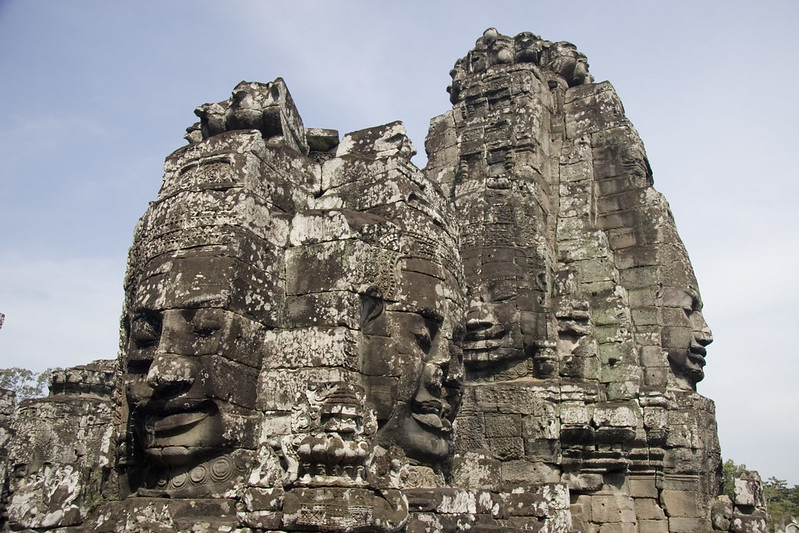
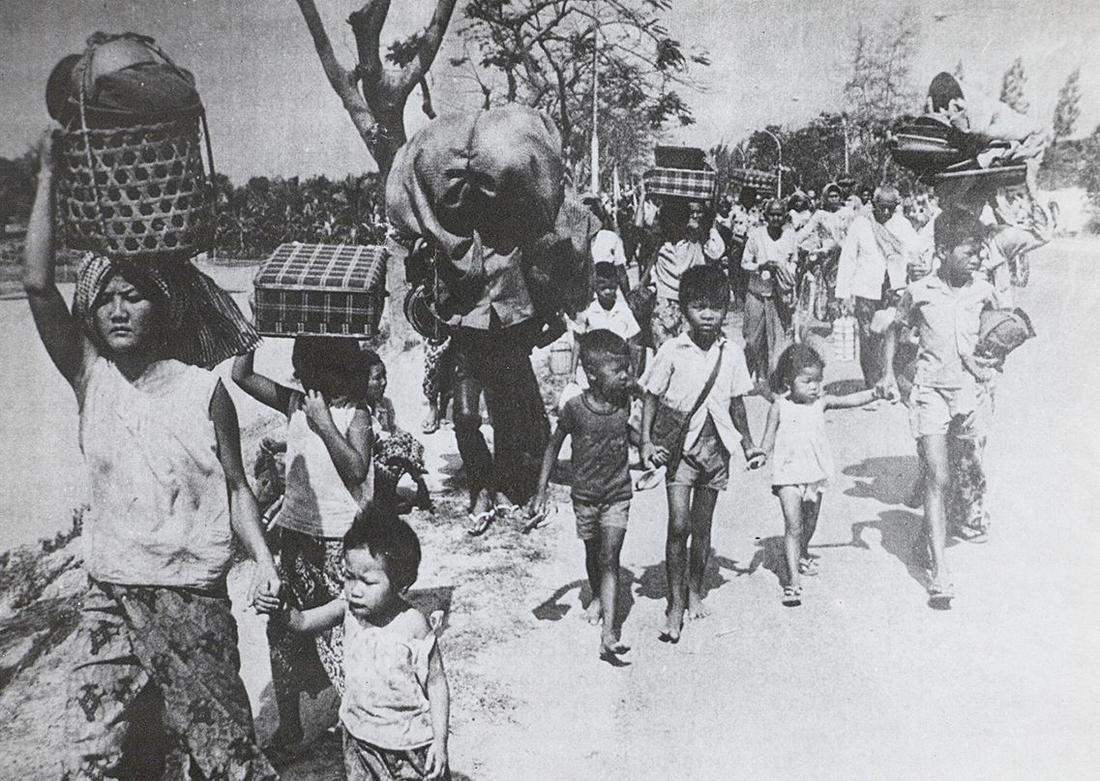
.jpg)
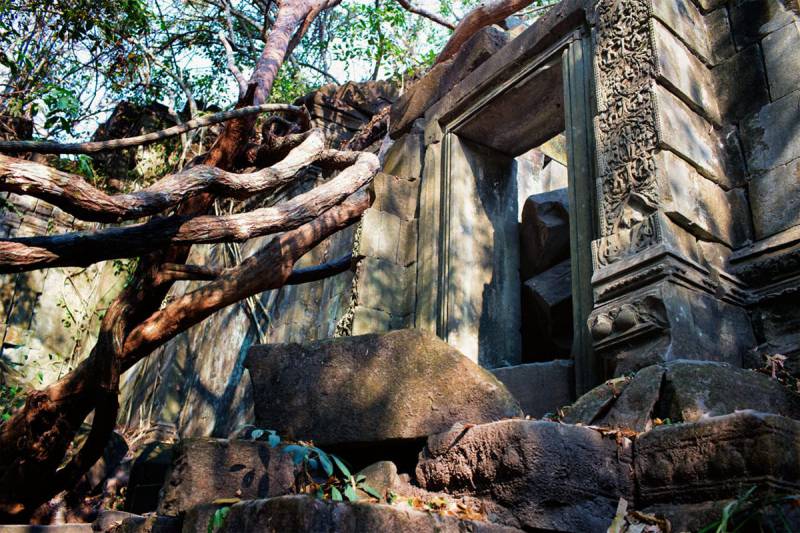
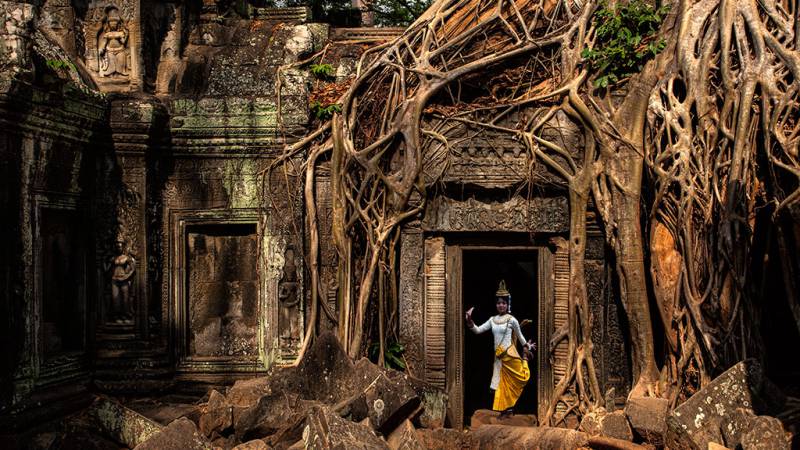
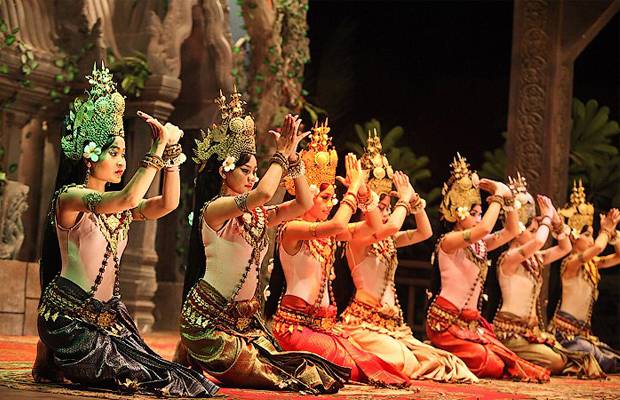
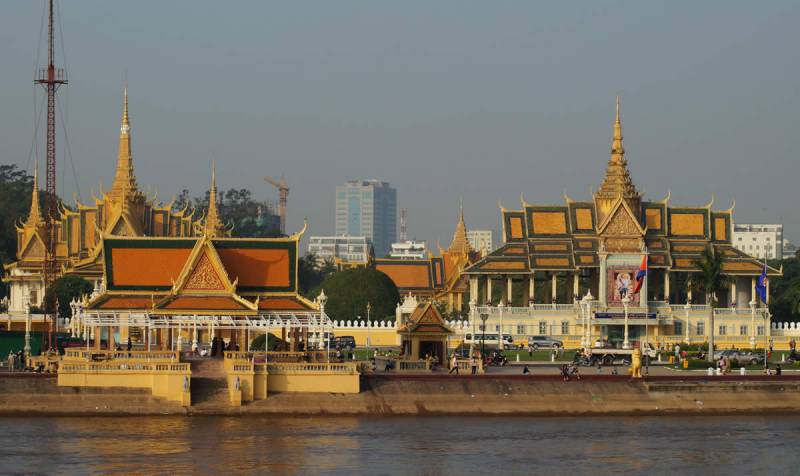
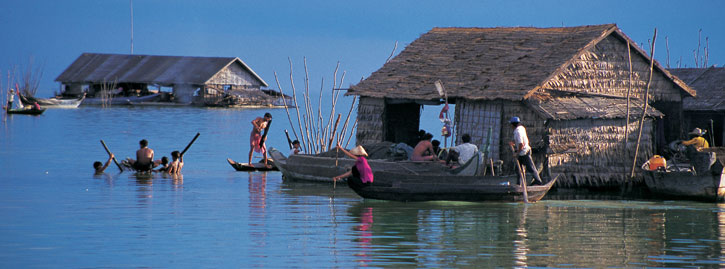
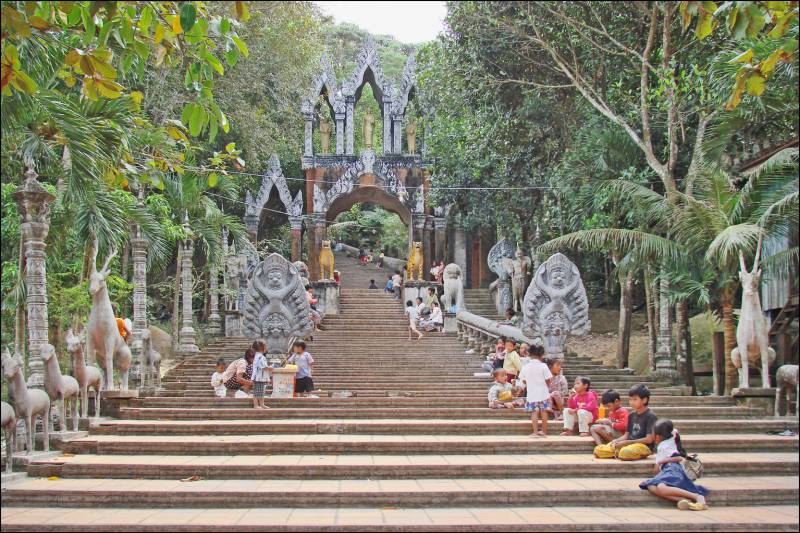
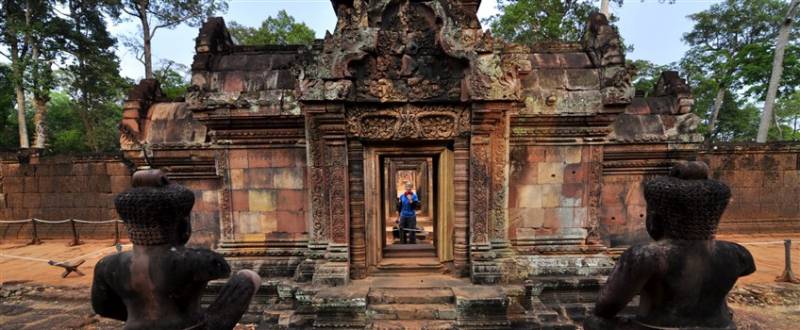

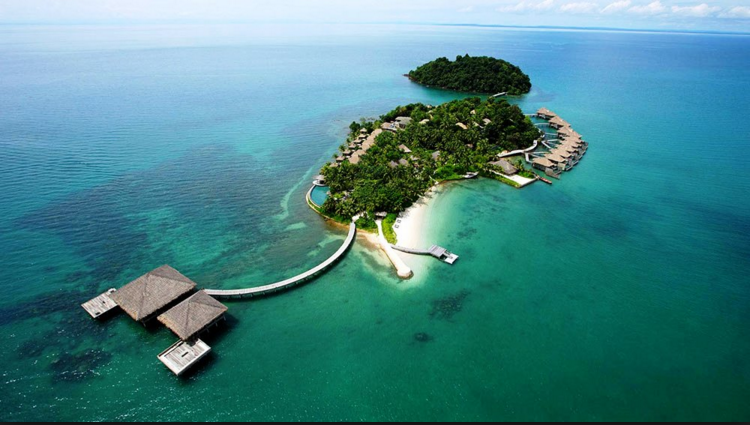
.png)
